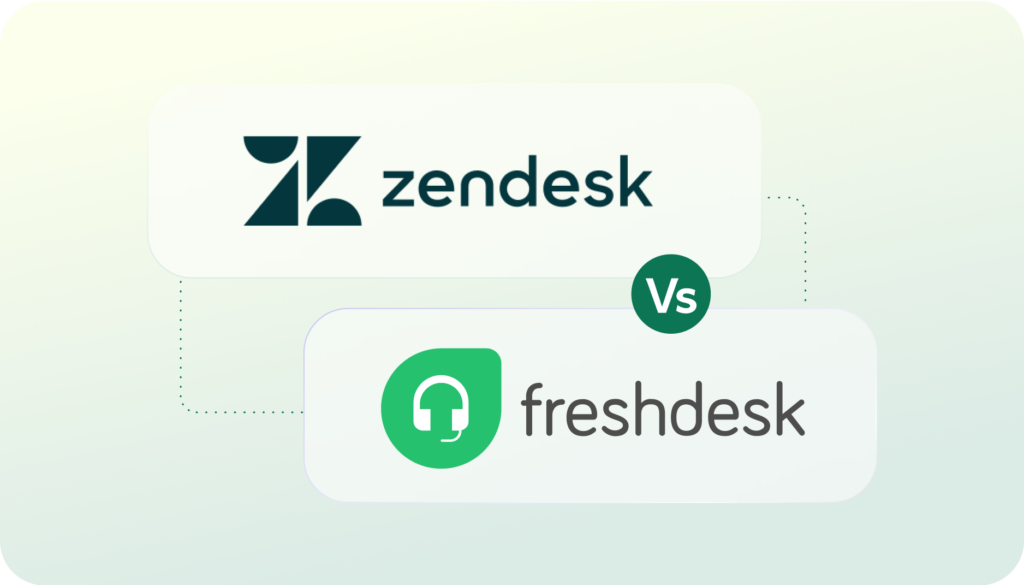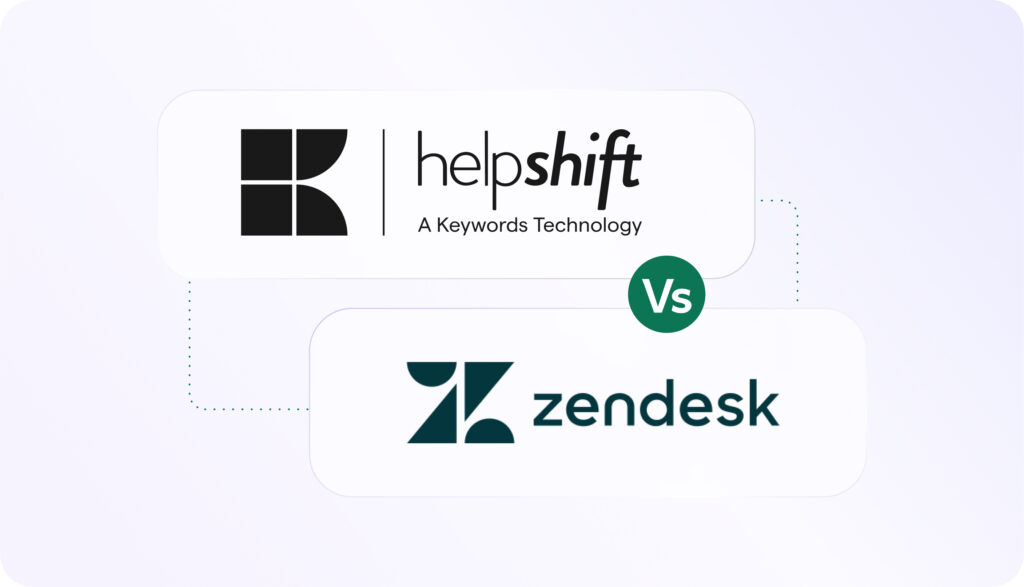In today’s highly competitive marketplace, businesses are increasingly recognizing the pivotal roles of providing excellent customer service and cultivating positive customer experiences. While these terms are often used interchangeably, delving into their nuances reveals distinct meanings that significantly influence a brand’s success.
Understanding Customer Service: A Foundation for Customer-Oriented Strategies
Customer service stands as the bedrock of any customer-oriented business strategy. It involves direct, one-on-one interactions between consumers making a purchase and the business representative facilitating the transaction. These interactions span various channels, including phone calls, emails, live chats, social media threads, or face-to-face conversations.
The primary focus of customer service is to efficiently solve immediate problems, fulfill customer needs during and after the sale, and ensure overall customer satisfaction. Service teams are meticulously trained to address issues, answer questions, guide customers through the purchasing process, and handle returns or complaints. In essence, customer service constitutes the direct support a business offers its customers.
Deciphering Customer Experience: A Holistic Journey Through Brand Interaction
Customer experience, on the other hand, extends beyond individual transactions, encompassing all interactions customers have with a business throughout their entire relationship. It is a comprehensive concept that considers every touchpoint a customer has with the company, from the initial interaction through the buying process and onto post-purchase support.
This broader perspective includes interactions with the product or service itself, the customer’s perception of the brand, and engagement with various departments within a business such as marketing, sales, product design, and customer service and support. The goal is to ensure a seamless, positive, and consistent experience, shaping the overall perception customers form about a business based on their holistic journey.
Customer Service vs Customer Experience: Scope and Approach
The distinctions between customer experience and customer service are primarily in terms of scope and approach. Customer service focuses on the present moment—solving immediate problems, answering questions, and meeting current needs. In contrast, customer experience adopts a more expansive perspective, concentrating on the overall relationship with the customer and creating an environment that encourages them to return.
Customer service is reactive and predominantly occurs post-purchase, with customers typically initiating these interactions. In contrast, customer experience is proactive, occurring at every stage of the customer journey, with the business directing the strategy forward. While customer service represents a single touchpoint within the customer journey, customer experience encapsulates the collective impression from all touchpoints, shaping the overall perception a customer has of the business.
Customer Experience and Customer Service in Action
Let’s delve into practical examples to elucidate these concepts further. An exemplary instance of good customer service occurs when a customer contacts a business to troubleshoot an issue with a product, and the service representative promptly and effectively resolves the problem, leaving the customer satisfied.
In contrast, a demonstration of customer experience involves a customer’s journey with a home appliance brand. It encompasses the first advertisement that caught the customer’s attention, navigation through the brand’s website, the purchasing process, the user’s experience with the appliance, and the performance of the customer service team when contacted for support. Each interaction contributes to shaping the overall perception of the brand, influencing the customer’s holistic experience.
The Debate: Customer Experience vs Customer Service – Apples or Oranges?
In the ongoing debate of customer experience vs. customer service, attempting to determine which is more important is akin to comparing apples and oranges. Both play crucial roles in any customer-oriented business strategy. Customer service is vital, directly impacting customer satisfaction and transforming potentially negative experiences into positive ones. A company’s ability to resolve problems efficiently can lead to increased customer loyalty.
However, customer experience carries equal weight, playing a long-term role in shaping customers’ overall perceptions of a brand, influencing their loyalty and decisions to repurchase or recommend the business to others. It is imperative to recognize that customer experience and customer service are two sides of the same coin, with one complementing the other. Businesses should not choose between the two; instead, they should strive to provide exceptional customer service as a pivotal component of an outstanding customer experience strategy.
The Role of Customer Service Teams in Shaping CX: Adapting to Multichannel Interactions
Service teams emerge as pivotal players in shaping both customer service and customer experience. Organizations need to invest in effective training and support for these teams, equipping them with the right tools and technologies to deliver superior customer interactions. Additionally, customer service teams must be prepared for multichannel interactions, as customer service is no longer confined to phone calls and face-to-face interactions.
With customers reaching out over social media, live chat, email, and more, service teams should adeptly manage these channels to provide consistent, high-quality service. The dynamic landscape of customer service requires adaptability and responsiveness, ensuring that customer interactions are seamless across diverse platforms.
Key Takeaways: Navigating the Customer Experience vs. Customer Service Dilemma
In the realm of customer experience vs. customer service, the dynamic interplay is more than an exercise in semantics; it is a strategic approach that can significantly impact customer retention, satisfaction, and overall business success. It is about understanding and meeting customers’ needs at every point in their journey, creating positive and memorable experiences, and building enduring relationships.
Insights from Adobe’s ‘State of Digital Customer Experience’ highlight evolving customer expectations. Brands must prioritize human-centric experiences, personalization, and security amidst digitization. Agile approaches and empathetic problem-solving are crucial. Despite progress, gaps remain in addressing negative experiences and leveraging AI ethically. Understanding and enhancing customer experience are central to business differentiation in competitive markets.”
In essence, businesses cannot afford to ignore the state of their customer experience, and the customer service platform plays an integral role in this equation. Striking the right balance between effective customer service and a comprehensive customer experience strategy is key to achieving sustained success in the ever-evolving business landscape.
In conclusion, the intricate dance between customer experience and customer service is not merely a linguistic exercise; it is a strategic imperative for modern businesses. The goal is clear: to have delighted customers who are not only loyal but also become advocates for the brand. Through a nuanced integration of both customer service and customer experience, businesses can create a winning formula for sustained success.





